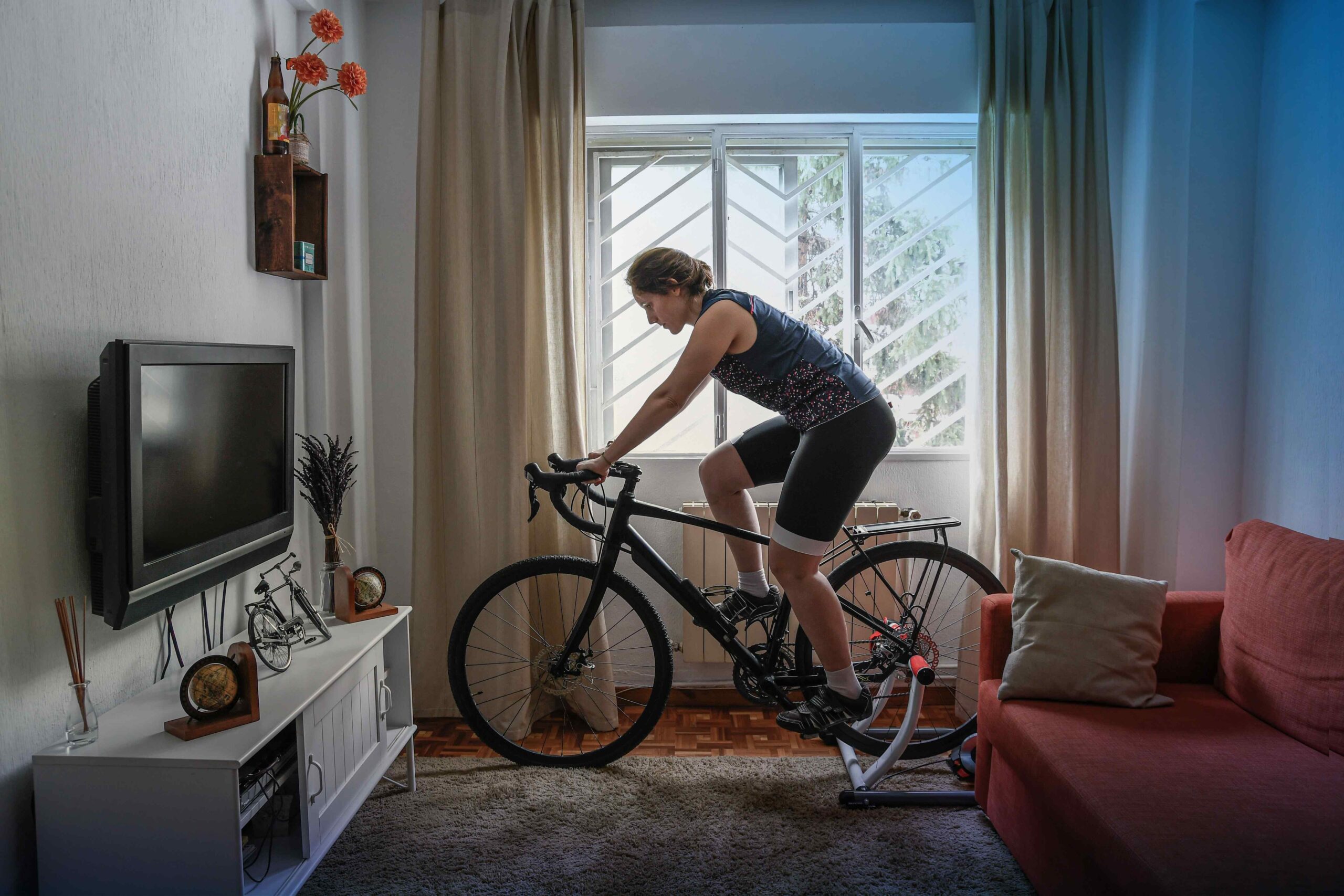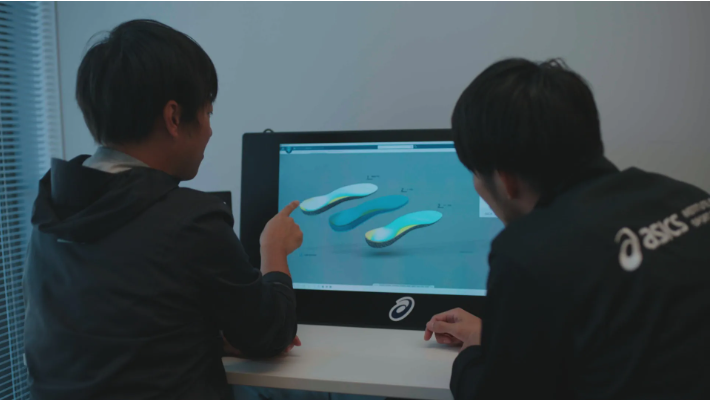Athletics today are no longer defined simply by the individuals competing in them, but by the elite-level sports equipment that boosts their prowess.
They’re the shoes, fields, helmets, surfboards, courts and more that make great athletic feats possible. The sneakers that promise to boost a runner’s performance by 4%, the swimsuits that reduce drag, dropping times and beating records, the wearable devices that track activity levels, creating troves of data upon which highly-tailored training plans can be produced.
While these innovations have for years been available to elite athletes, they’ve been out of reach for more average ones. Some are prohibitively expensive and others may be simply inaccessible. However, technology is now democratizing access to elite-level sports equipment. Ultra-personalized gear can reduce the risk of injury, can be leveraged to create optimized training plans and can make sports more inclusive.
From shoes to watches and everything in between, the possibilities are limitless for making athletics accessible.

Athletic equipment that’s reducing injury risk
In 2019, Nike unveiled a performance-enhancing shoe designed with a mission in mind. The sneakers were created to propel a single runner—Eliud Kipchoge—to a sub-2-hour marathon. And while those shoes did, in fact, carry him to achieve that feat (in a closed-course race that’s not recognized as a record), they were customized for him and him alone.
With access to that level of customization, the average runner might also be able to accomplish their wildest dreams.
ASICS is taking that idea and making it available to the masses. While some runners can set off on a jog without thinking twice about arch support, many require inserts to make their shoes and their sport comfortable. Answering that call, ASICS leveraged CATIA to build a foot scanner that produces accurate 3D models of individuals’ feet and then uses those to create customized inserts. Since everyone’s body has a unique anatomy and mechanics, inserts made for the masses won’t necessarily work for everyone. But ones designed specifically for an individual’s feet will provide a level of comfort and support that wouldn’t otherwise be available. In doing so, the inserts can reduce the risk of common ailments among runners that are often caused by ill-fitting gear, like plantar fasciitis and stress fractures.

Mammut Sports Group, a Swiss company, also makes customer safety a top priority when designing its mountaineering and trekking gear. The equipment they produce is held to strict regulatory and safety standards, and meeting the requirements those standards set requires the company to hold certain licenses and certificates. Ensuring this type of documentation is consistently up to date can be a cumbersome process, but Mammut leverages Dassault Systèmes Industry Services to do so. The offering automatically verifies the validity of Mammut’s certificates and alerts employees when updates are needed. That relieves Mammut of slow, manual processes, affording the company more time to design its innovative and safety-driven sports equipment and attire for its thrill-seeking customers.
The gift of gear: Training optimization
Other types of sports equipment can provide athletes with both a sense of safety and the ability to glean valuable information. Wearable technologies, like heart rate monitors, smartwatches and tracking bands, provide athletes with insights into how their bodies respond to training. Run a few times while wearing a smartwatch and it’ll know when you should rest and when you should run, and even how fast and far you should run. In the same way, other activity-tracking bands learn the body’s strain and stress levels and can indicate when hard work is paying off or when the wearer runs the risk of overtraining.
Enabling access to uber-personalized data like that is a new phenomenon in general, but its availability to the masses indicates a growing level of inclusivity. Gait analysis, once performed by the eyes of retail workers at running stores, can now be conducted on decked-out treadmills with 3D technology. VO2 max and lactate threshold testing, which 10 years ago would have been nearly impossible to access for non-elite athletes, are now offered at lab facilities that are open to everyone. And the information those types of tests can offer even the most casual athletes a significant bump in the way people train. Even if not everyone on the field, in the pool or on the courts will be setting records, the ability to train like those who do is more attainable than ever before.
How athletic equipment drives inclusivity
For disabled athletes, the technology that drives innovation in adaptive sports equipment is a game-changer. Hopper, a start-up in the 3DEXPERIENCE Lab accelerator program, is developing economically accessible running blades that enable running for mobility-impaired individuals. Using CATIA, they’re able to conduct composite design and simulation for their products and virtually model and test prototypes. The same virtual twin technology can be used to create any number of adaptive sports equipment, from wheelchairs to stroller skis to audible balls and more.
Celebrating inclusivity in sports, Dassault Systèmes will sponsor in October a world record attempt handcycling ride in Paris. The athlete attempting to break the record, Kazuhiko Kanno, is a parathlete and current company employee. The ride is the flagship event of the Act for Inclusive Mobility, the latest installment of The Only Progress is Human campaign, which showcases how innovation and virtual twin technology can solve humanity’s pressing issues.
Equipment accessibility for athletic empowerment
In the dynamic world of athletics, the fusion of technology into sports equipment has ushered in a new era of inclusivity, safety and performance optimization. By breaking down the barriers that once restricted access to elite-level gear, technology is democratizing the playing field, making cutting-edge equipment accessible to athletes at all levels. This paradigm shift not only enables a wider range of individuals to engage in sports but also ensures that they can do so safely and effectively. The development of personalized gear, from shoes with custom inserts to protective helmets designed using advanced software, significantly reduces the risk of common injuries. This, in turn, allows athletes to pursue their passions with a reduced fear of injury, encouraging a more inclusive and diverse athletic community.
Moreover, the advent of wearable technology and advanced analytics in supply chain has revolutionized the way athletes train, offering insights into their physical responses and tailoring training plans to their unique needs. This level of personalization ensures that athletes can optimize their training, push their limits safely, and achieve their personal best, regardless of their starting point. By making elite-level sports equipment and data analytics available to the masses, technology is not only leveling the playing field but also fostering a culture of excellence and safety in sports. As we move forward, the continued integration of technology in sports equipment promises to further enhance athletic performance, making the impossible feats of yesterday the achievable goals of today.

